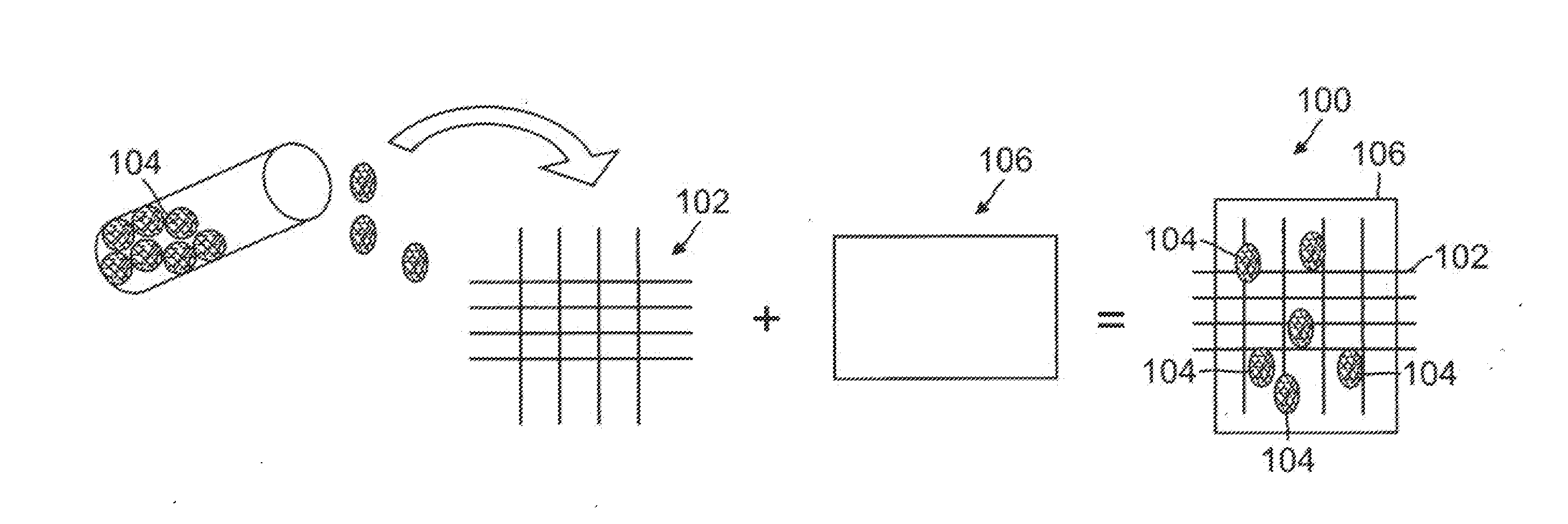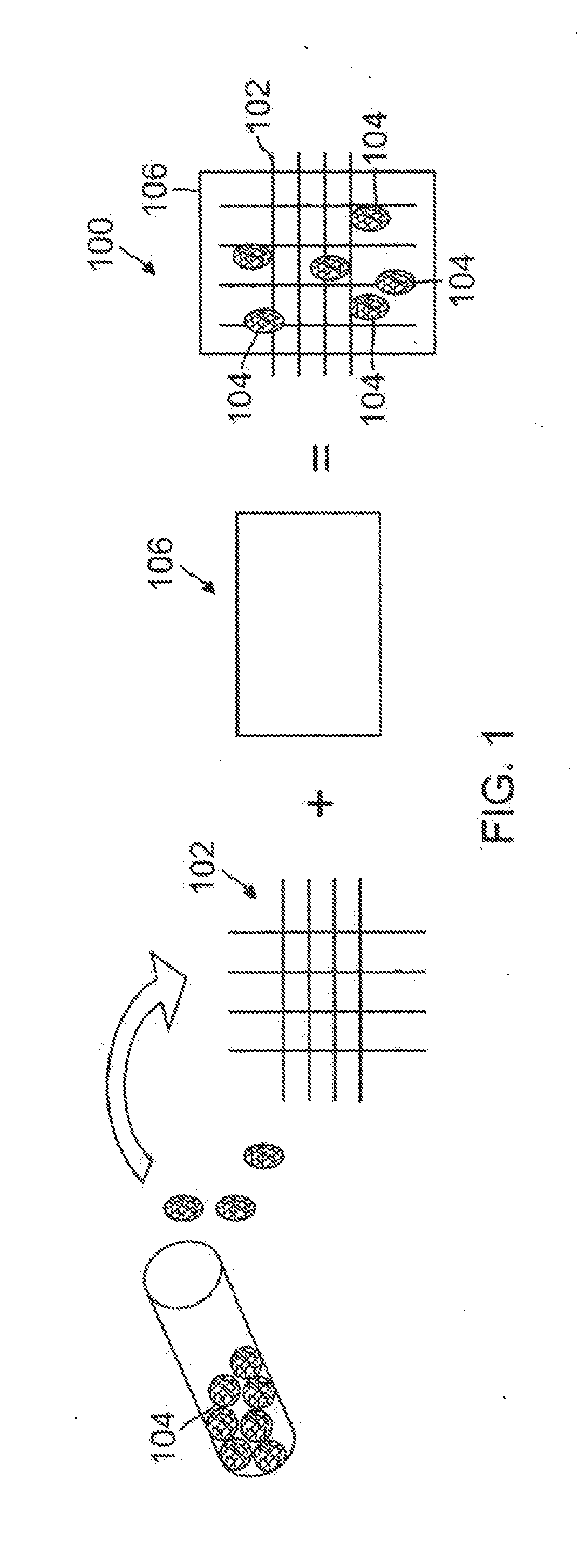Programmed-release, nanostructured biological construct for stimulating cellular engraftment for tissue regeneration
a technology of cellular engraftment and biological construct, which is applied in the direction of prosthesis, coating, pharmaceutical delivery mechanism, etc., can solve the problems of affecting affecting the cytocompatibility of the implant, so as to promote positive tissue remodeling and organ function, improve the biocompatibility of the biological construct, and optimize the cytocompatibility surface characteristics
- Summary
- Abstract
- Description
- Claims
- Application Information
AI Technical Summary
Benefits of technology
Problems solved by technology
Method used
Image
Examples
Embodiment Construction
[0023]The detailed description set forth below in connection with the appended drawings is intended as a description of presently-preferred embodiments of the invention and is not intended to represent the only forms in which the present invention may be constructed and / or utilized. The description sets forth the functions and the sequence of steps for constructing and operating the invention in connection with the illustrated embodiments. It is to be understood, however, that the same or equivalent functions and sequences may be accomplished by different embodiments that are also intended to be encompassed within the spirit and scope of the invention.
[0024]The present invention provides a biological construct and method for tissue remodeling and / or drug delivery following medical device implantation by utilizing a cyto-compatible, layered, bio-compatible polymeric biomatrix optimally constructed with a specialized surface texture of grain sizes up to 100 nm seeded with various ther...
PUM
| Property | Measurement | Unit |
|---|---|---|
| grain sizes | aaaaa | aaaaa |
| grain size | aaaaa | aaaaa |
| grain size | aaaaa | aaaaa |
Abstract
Description
Claims
Application Information
 Login to View More
Login to View More - R&D
- Intellectual Property
- Life Sciences
- Materials
- Tech Scout
- Unparalleled Data Quality
- Higher Quality Content
- 60% Fewer Hallucinations
Browse by: Latest US Patents, China's latest patents, Technical Efficacy Thesaurus, Application Domain, Technology Topic, Popular Technical Reports.
© 2025 PatSnap. All rights reserved.Legal|Privacy policy|Modern Slavery Act Transparency Statement|Sitemap|About US| Contact US: help@patsnap.com



